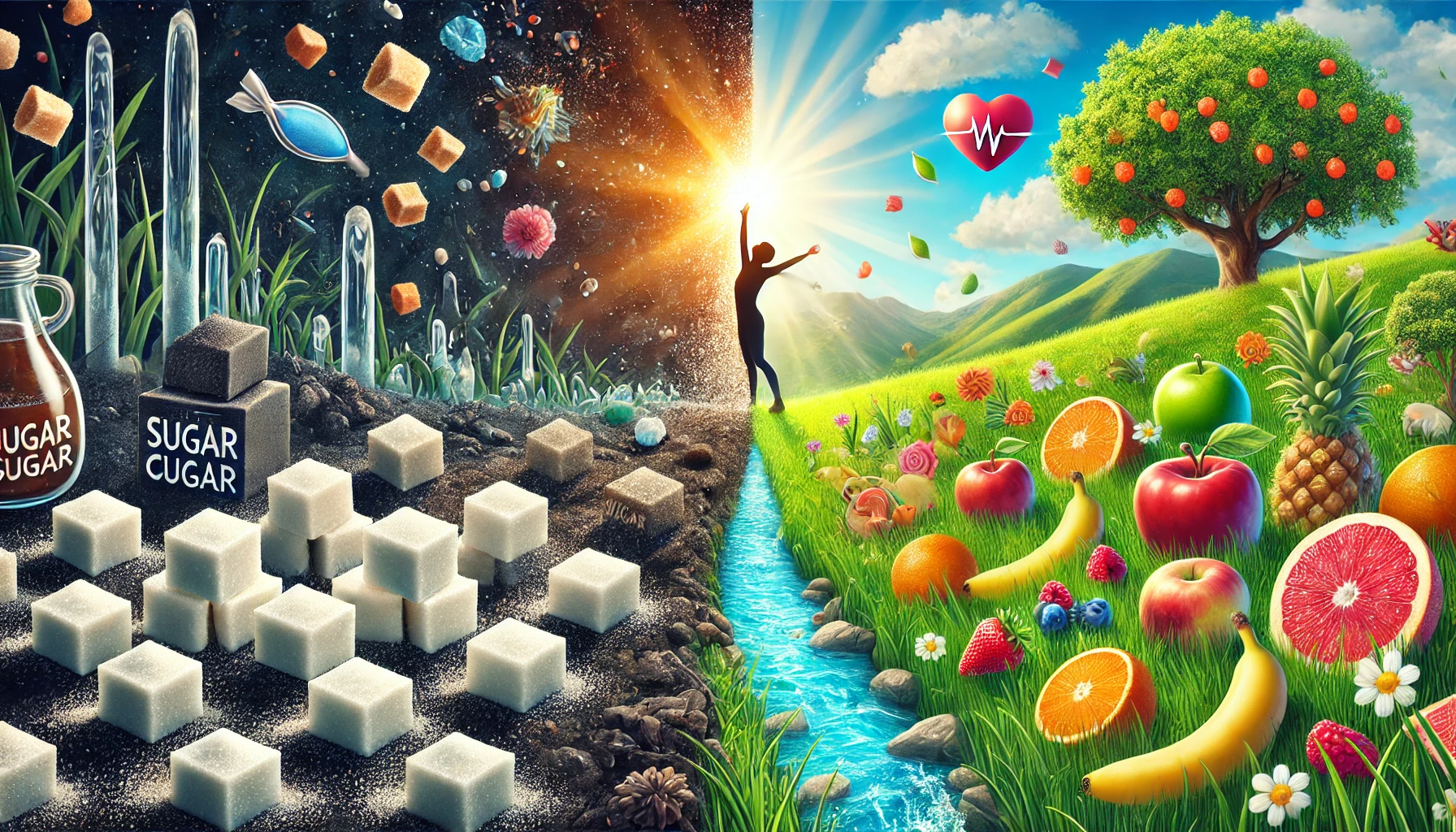When you look at the lush greenery around you, it’s hard not to marvel at the resilience of nature. Trees sway in the breeze, providing shade, oxygen, and beauty to our world. But here’s a quirky question: Could we humans live solely by eating tree leaves? While it might sound like something out of a survivalist’s guide or a new-age diet trend, the reality is a bit more, well, leafy. Let’s dig into the science, nutrition, and fun facts to uncover the truth.
The Dream of the Leaf Diet
Imagine wandering through a forest, plucking leaves off trees, and munching away, much like a giraffe on safari. It sounds simple, natural, and eco-friendly, doesn’t it? Unfortunately, this vision falls apart when you consider human biology and nutrition. Here’s why:
1. Our Digestive Systems Are Not Built for It
Cows, goats, and other herbivores are champions of leaf-eating, thanks to their specialized digestive systems. Take cows, for example. They have a rumen—a part of their stomach filled with microbes that break down cellulose, the tough fiber in leaves. This process extracts energy from the otherwise indigestible plant material.
Humans, on the other hand, are not equipped with such fancy digestive machinery. Our stomachs and intestines are designed for a mixed diet that includes proteins, fats, and easily digestible carbohydrates. We simply cannot break down cellulose efficiently, meaning we’d expend more energy digesting leaves than we’d gain from eating them. Not exactly a winning strategy for survival!
2. Nutritional Deficiencies Galore
Tree leaves may contain some vitamins and minerals, but they are far from being nutritionally complete. Here’s what you’d be missing:
- Proteins: Essential for muscle repair, enzymes, and overall body function. Leaves don’t have nearly enough.
- Fats: Critical for brain health, energy storage, and hormone production. Good luck finding those in leaves!
- Calories: Leaves are extremely low in calories, making it impossible to meet your daily energy needs.
Over time, a leaf-only diet would lead to severe malnutrition, energy deficiencies, and health complications.
3. The Problem of Toxins and Anti-Nutrients
Leaves aren’t just low in nutrition—some can be downright dangerous. Many tree leaves contain toxins or anti-nutrients that can harm the human body. For instance:
- Oxalates: Found in certain leaves, they can cause kidney stones.
- Alkaloids: Some leaves contain these compounds, which can be toxic in large quantities.
- Tannins: These interfere with nutrient absorption and digestion.
Even leaves that are considered “edible” must be carefully selected and prepared to avoid adverse effects.
Fun Fact: Edible Leaves That Work in Moderation
Not all leaves are off the menu. Certain plants, like spinach, kale, and moringa, offer leaves that are safe and nutritious to eat. Moringa leaves, for example, are packed with vitamins and minerals and are often used as a dietary supplement in parts of the world. But even these cannot form the sole basis of your diet.
4. Calorie Economics: The Energy Problem
For the average adult, daily calorie needs range from 2,000 to 2,500 calories. To meet this requirement eating only tree leaves, you’d need to consume an absurd amount. For instance:
- The caloric content of tree leaves is roughly 10-20 calories per 100 grams.
- To get 2,000 calories, you’d need to eat around 10 kilograms (22 pounds) of leaves daily. Imagine chewing that much foliage!
Even if you could stomach the sheer volume, your body would burn more calories digesting the leaves than it would gain from them. A leaf-only diet is essentially a losing battle.
5. The Survival Exception
In a desperate survival situation, eating some edible leaves could provide temporary relief from hunger and minor nutrients. For example:
- Bamboo leaves: Young shoots can be cooked and eaten (not raw leaves, though!).
- Dandelion leaves: Packed with vitamins A and C.
- Wild spinach (amaranth): A nutritious option if you’re foraging.
But these should be seen as stopgap measures, not a long-term solution.
The Herbivore vs. Human Comparison
To fully appreciate why humans can’t live on leaves, let’s look at what makes herbivores so special:
| Feature | Herbivores | Humans |
| Digestive system | Multi-chambered stomachs or large cecum | Simple stomach and short intestines |
| Gut bacteria | Specialized for breaking down cellulose | Limited ability to digest cellulose |
| Energy needs | Low energy expenditure | High energy expenditure |
| Food processing | Can ferment and digest tough fibers | Need softer, more caloric food |
The Verdict: Can We Live on Leaves?
Nope! While tree leaves can’t be the cornerstone of a sustainable human diet, they are a vital part of ecosystems. They nourish herbivores, decompose into soil, and play an essential role in the carbon cycle. For humans, however, they’re better admired than eaten.
The Takeaway
Next time someone suggests a revolutionary “leaf-only” diet, you’ll have the knowledge (and humor) to set the record straight. While leaves are fascinating and beautiful parts of nature, they’re not meant to fuel our human adventures. So let’s stick to a balanced diet and leave the leaf-munching to the cows and caterpillars!
Got more quirky questions about survival or nutrition? Drop them in the comments—let’s keep exploring the wonders of our wild world!




